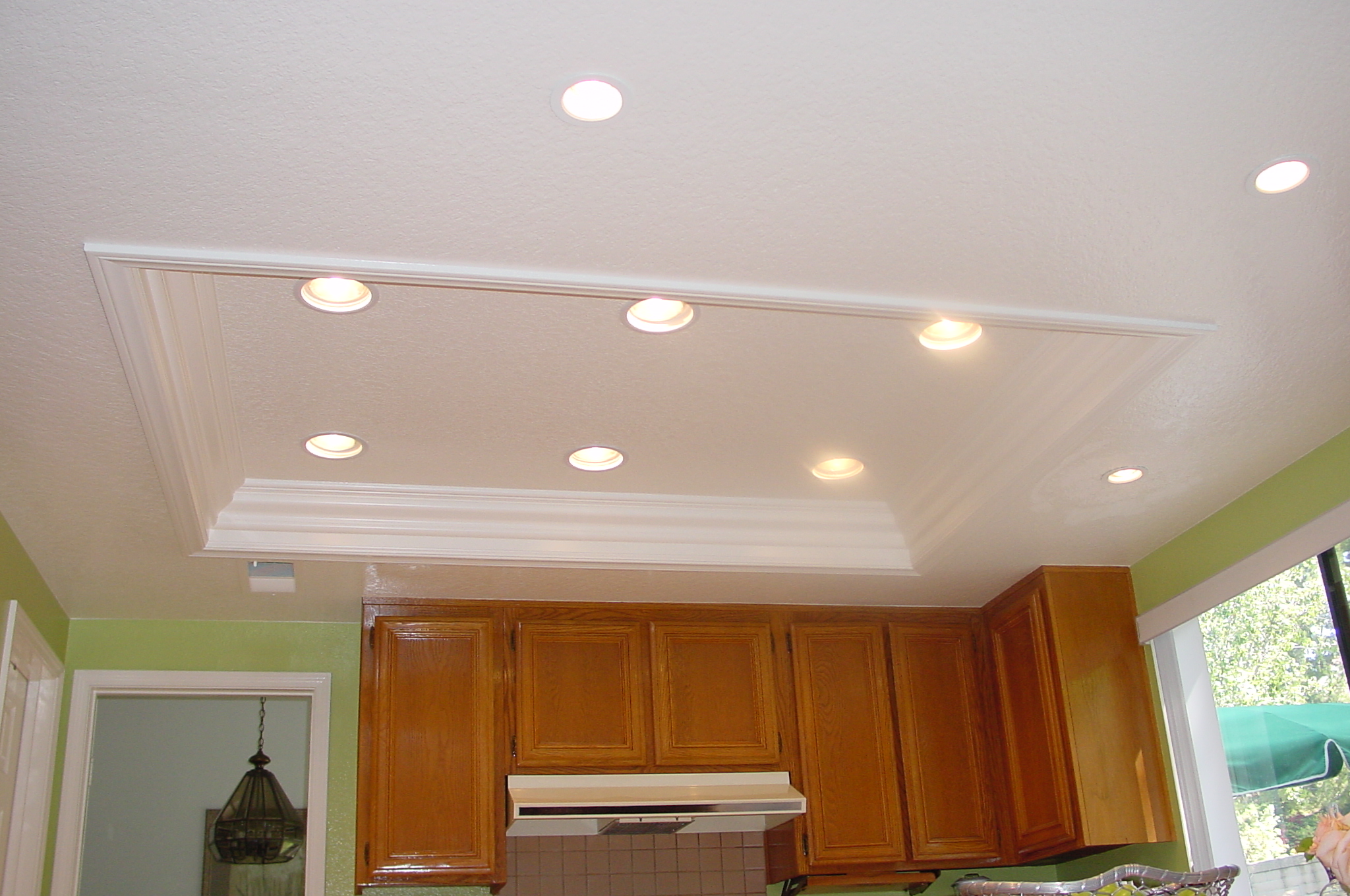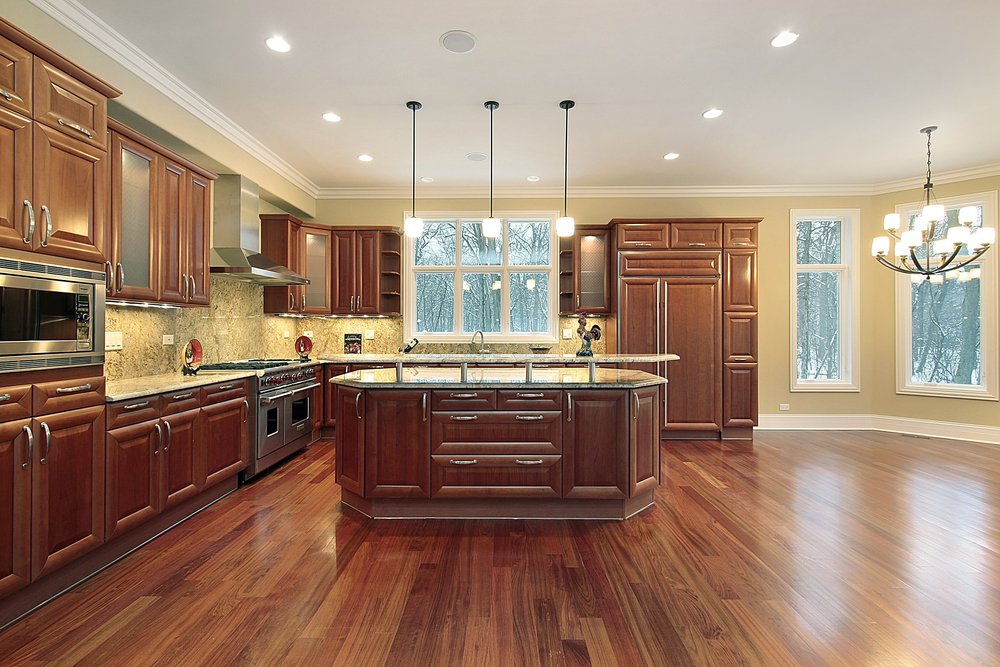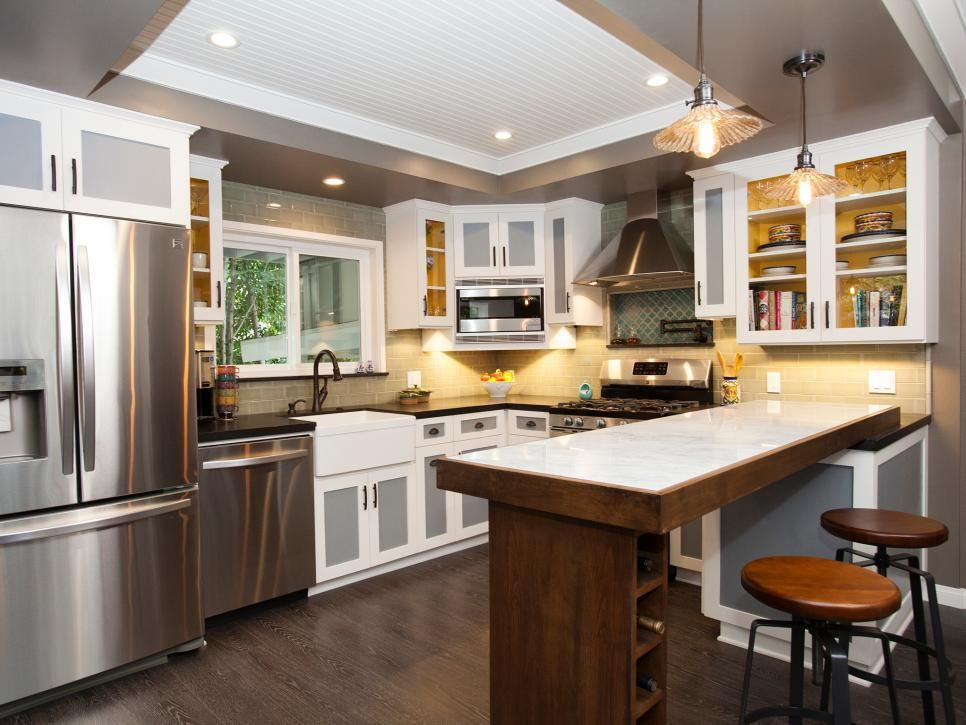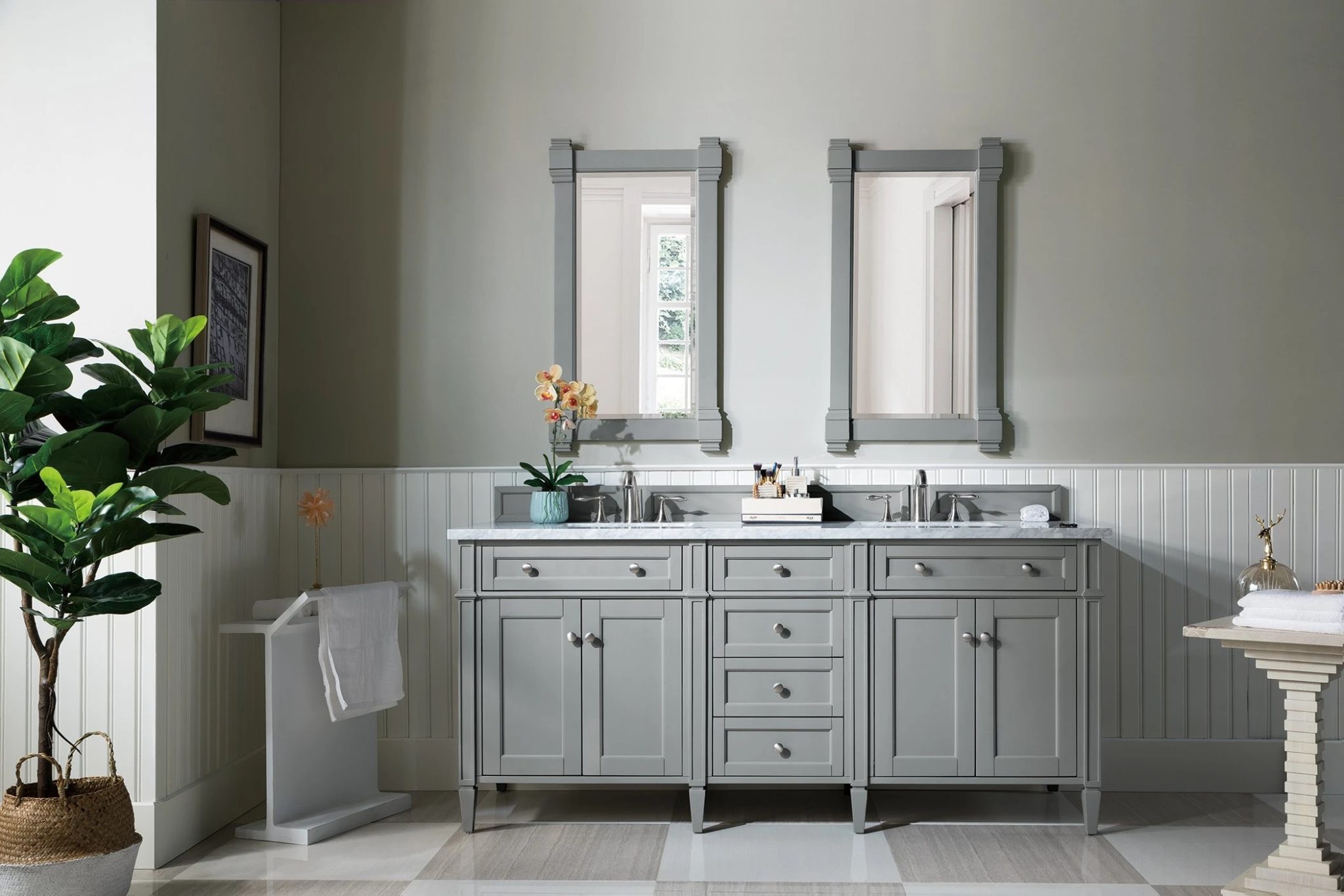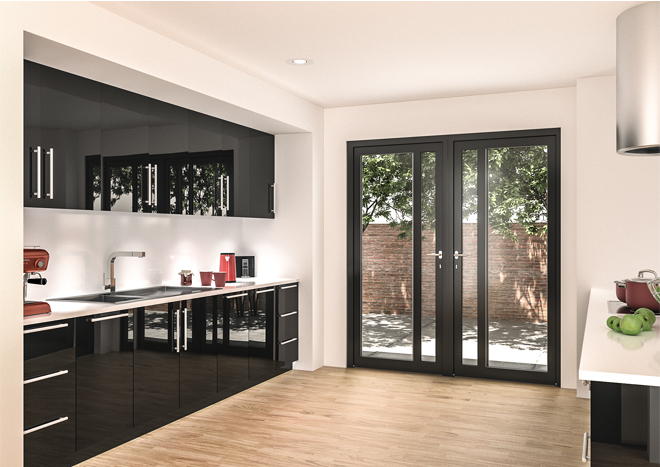Adding recessed lighting to your kitchen can be a great way to brighten up the space and give it a modern look. However, before you start planning your recessed lighting installation, it's important to consider the cost involved. On average, the cost of installing recessed lighting in a kitchen can range from $500 to $1,500, depending on the size of the kitchen and the type of lighting chosen. The cost can also vary based on whether you hire a professional or decide to tackle the DIY recessed lighting installation yourself. If you want to keep the cost down, you can opt for LED recessed lighting which is energy-efficient and has a longer lifespan compared to traditional incandescent or fluorescent bulbs. Keep in mind, however, that the initial cost of LED lights may be higher, but the long-term savings on energy bills make it a worthwhile investment.Recessed Lighting Installation Cost
Now that you have a general idea of the cost involved, let's look at how to install recessed lighting in your kitchen. The first step is to plan the layout of the lights. This involves determining the placement and spacing of the lights to ensure even and adequate lighting in the kitchen. Next, you will need to gather the necessary tools and materials, including a ladder, wire strippers, cable connectors, and of course, the recessed lighting fixtures. It's important to follow the manufacturer's instructions for the specific type of light fixtures you have chosen. Once you have all the materials, you can start by cutting holes in the ceiling for the light fixtures and running the wiring through the ceiling joists. This is where hiring a professional may come in handy to ensure the wiring is done safely and correctly. Finally, you can connect the wiring to the light fixtures and secure them in place. Turn on the power and test the lights to make sure they are working properly. If all looks good, you can then patch up any holes in the ceiling and enjoy your newly installed recessed lighting in the kitchen.How to Install Recessed Lighting
If you're feeling handy and want to save some money, you can attempt a DIY recessed lighting installation in your kitchen. However, keep in mind that this is not a simple task and requires some electrical and construction knowledge. It's also important to follow safety precautions and consult with a professional if you have any doubts. One of the biggest benefits of DIY recessed lighting installation is that you have more control over the design and placement of the lights. You can also choose light fixtures that fit your budget and design preferences. However, if you're not confident in your abilities, it may be best to leave it to the professionals to ensure a safe and successful installation.DIY Recessed Lighting Installation
When it comes to choosing the best recessed lighting for your kitchen, there are a few factors to consider. First, you'll want to take into account the size and layout of your kitchen to determine how many lights you will need and where they should be placed. Next, consider the type of light you want for your kitchen. LED lights are the most energy-efficient and come in a variety of color temperatures to suit your design and lighting needs. You may also want to consider dimmable options for more control over the ambiance of your kitchen. Another important factor in choosing the best recessed lighting is the style. There are various trim options available, such as baffle, reflector, and adjustable, which can add a touch of design and functionality to your kitchen.Best Recessed Lighting for Kitchen
As mentioned earlier, planning the layout of your recessed lighting is key to achieving the desired lighting effect in your kitchen. A general rule of thumb is to space the lights about 4-6 feet apart and aim for even lighting throughout the space. If you have a larger kitchen, you may need more lights to properly illuminate the area. The placement of the lights is also important. Consider placing lights above the sink, stove, and countertop workspaces for optimal lighting while cooking and preparing food. Keep in mind that the layout may also be affected by the ceiling height and any obstructions, such as cabinets or beams. In these cases, it may be best to consult with a professional to determine the best layout for your kitchen.Recessed Lighting Layout for Kitchen
One of the most common questions when it comes to adding recessed lighting to a kitchen is how many lights are needed. As mentioned earlier, the size and layout of your kitchen will play a role in determining the number of lights needed. On average, a 10x10 kitchen will require about 4-6 lights, while a larger kitchen may need 8-10 lights. It's important to also consider the intensity of the lights and whether they will be the primary source of lighting in the kitchen or used in combination with other lighting fixtures. Ultimately, the number of recessed lights needed will also depend on your personal preference and the overall lighting effect you want to achieve in your kitchen.How Many Recessed Lights for Kitchen
As mentioned earlier, LED recessed lighting is a popular and energy-efficient choice for kitchens. These lights use LED bulbs that can last up to 25 times longer than traditional incandescent bulbs and use less energy. In addition to the cost savings, LED recessed lighting also offers a variety of color temperature options to suit your design and lighting needs. Plus, they are dimmable, allowing you to adjust the intensity of the lights for different activities in the kitchen. When choosing LED recessed lighting, make sure to look for Energy Star certified lights to ensure the highest energy efficiency and quality.LED Recessed Lighting for Kitchen
Proper placement of recessed lighting is crucial in achieving the desired lighting effect in your kitchen. As mentioned earlier, consider placing lights above key areas, such as the sink, stove, and countertops. It's also important to avoid placing lights too close to walls or cabinets as this can create a harsh and uneven lighting effect. Aim for a distance of at least 18 inches from any obstruction for a more even and natural lighting experience. Keep in mind that the placement may also be affected by the ceiling height and any obstructions, such as beams or vents. It's important to consider these factors when planning the placement of your recessed lights.Recessed Lighting Placement in Kitchen
If you have an existing ceiling and want to add recessed lighting to your kitchen, it may require some extra steps and precautions. First, you will need to determine the type of ceiling you have, whether it's drywall, plaster, or suspended, and plan accordingly. Next, you will need to cut holes in the ceiling to accommodate the light fixtures and run wiring through the ceiling. This may require some patching and painting afterward to ensure a smooth and seamless look. It's recommended to hire a professional for installing recessed lighting in an existing ceiling to ensure proper wiring and ceiling repair is done safely and correctly.Installing Recessed Lighting in Existing Ceiling
Last but not least, the design of your recessed lighting can have a big impact on the overall look and feel of your kitchen. There are various trim options available, such as baffle, reflector, and adjustable, which can add a touch of design and functionality to your kitchen. You can also choose recessed lights with different color temperature options to create a certain mood in your kitchen. For example, cool white lights can create a bright and energizing atmosphere, while warm white lights can create a cozy and inviting feel. Ultimately, the design of your recessed lighting should complement your overall kitchen design and enhance the space in both function and style.Recessed Lighting Design for Kitchen
Why Recessed Lighting is the Perfect Addition to Your Kitchen Design

Enhance the Aesthetics of Your Kitchen
 The kitchen is often considered the heart of the home, and it's important to create a space that is both functional and visually appealing.
Recessed lighting
is the perfect addition to your kitchen design as it can instantly enhance the overall aesthetics of the space. Unlike traditional ceiling lights,
recessed lighting
is installed flush with the ceiling, creating a sleek and modern look. It also eliminates the need for bulky light fixtures, making your kitchen feel more spacious and open.
The kitchen is often considered the heart of the home, and it's important to create a space that is both functional and visually appealing.
Recessed lighting
is the perfect addition to your kitchen design as it can instantly enhance the overall aesthetics of the space. Unlike traditional ceiling lights,
recessed lighting
is installed flush with the ceiling, creating a sleek and modern look. It also eliminates the need for bulky light fixtures, making your kitchen feel more spacious and open.
Increase the Functionality of Your Kitchen
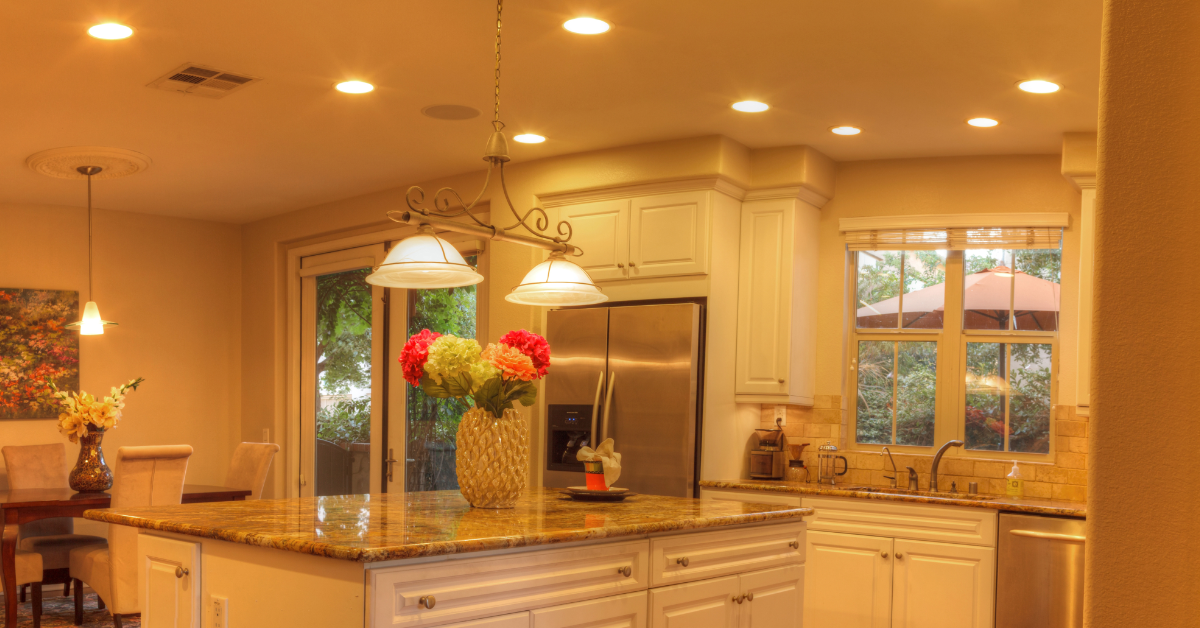 In addition to its aesthetic benefits,
recessed lighting
also offers practical advantages for your kitchen. With strategically placed
lighting
fixtures, you can illuminate specific areas of your kitchen, such as the countertops, stove, and sink, making it easier to navigate and work in the space. This is especially useful for tasks that require precision and attention to detail, such as cooking and meal prep.
Recessed lighting
also provides ambient lighting, creating a warm and inviting atmosphere for family gatherings and entertaining guests.
In addition to its aesthetic benefits,
recessed lighting
also offers practical advantages for your kitchen. With strategically placed
lighting
fixtures, you can illuminate specific areas of your kitchen, such as the countertops, stove, and sink, making it easier to navigate and work in the space. This is especially useful for tasks that require precision and attention to detail, such as cooking and meal prep.
Recessed lighting
also provides ambient lighting, creating a warm and inviting atmosphere for family gatherings and entertaining guests.
Save Space and Energy
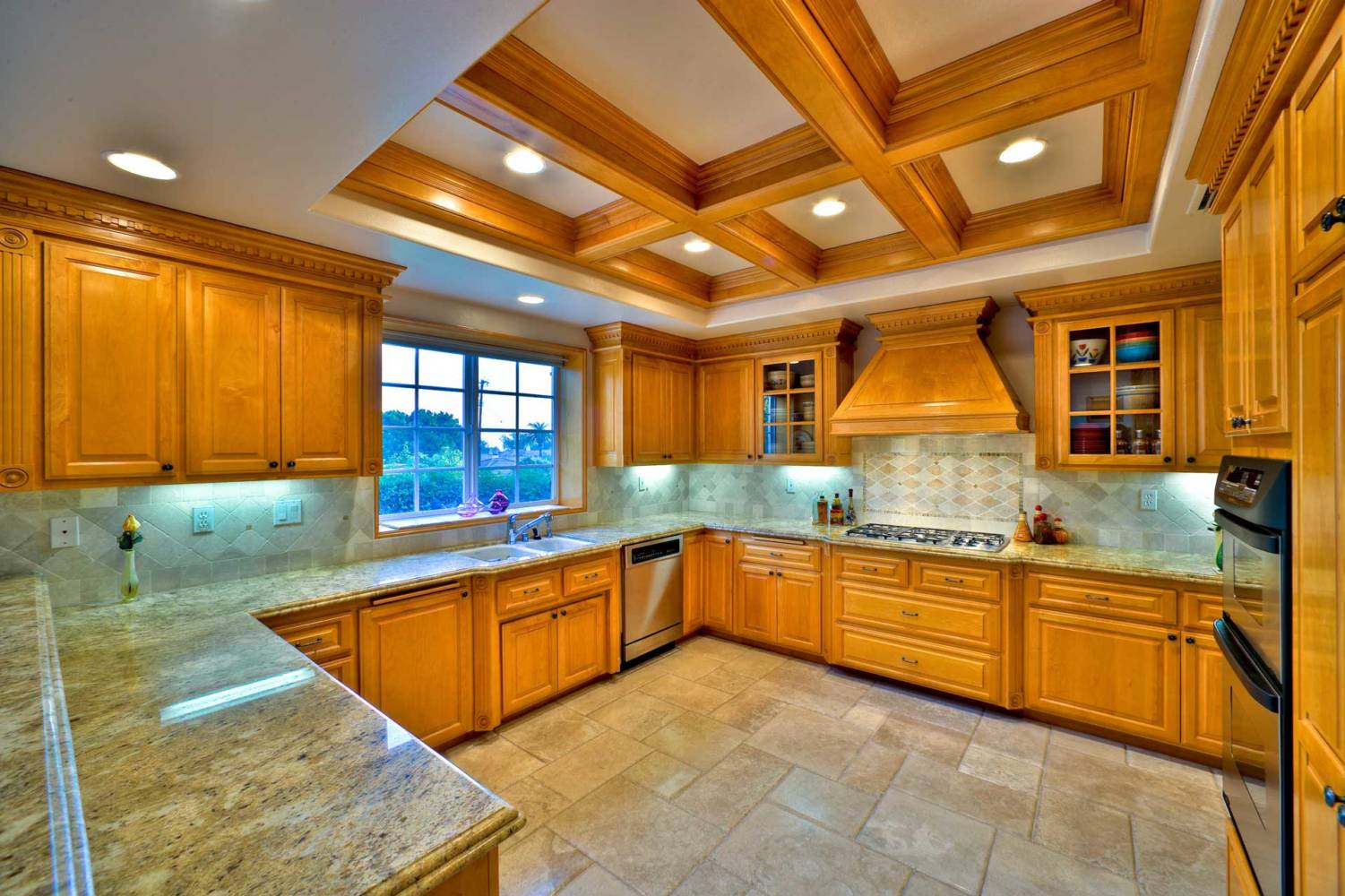 Another advantage of
recessed lighting
is that it saves valuable space in your kitchen. Traditional light fixtures can take up a significant amount of room, making your kitchen feel cluttered and cramped. By installing
recessed lighting
, you can free up space for other design elements, such as hanging pendant lights or decorative shelves. Additionally,
recessed lighting
is energy-efficient, as it uses LED bulbs that consume less energy and last longer than traditional incandescent bulbs.
Another advantage of
recessed lighting
is that it saves valuable space in your kitchen. Traditional light fixtures can take up a significant amount of room, making your kitchen feel cluttered and cramped. By installing
recessed lighting
, you can free up space for other design elements, such as hanging pendant lights or decorative shelves. Additionally,
recessed lighting
is energy-efficient, as it uses LED bulbs that consume less energy and last longer than traditional incandescent bulbs.
Customize Your Lighting Design
 With
recessed lighting
, you have the flexibility to customize your lighting design to suit your specific needs and preferences. You can choose from a variety of
lighting
options, such as adjustable fixtures, dimmable bulbs, and different levels of brightness, to create the perfect ambiance in your kitchen. You can also experiment with different placement and spacing of
lighting
fixtures to achieve your desired look and functionality.
In conclusion,
recessed lighting
is an excellent addition to any kitchen design. Not only does it enhance the aesthetics of the space, but it also increases functionality, saves space and energy, and allows for customization. With its sleek and modern look,
recessed lighting
is sure to elevate the design of your kitchen and make it a more enjoyable and functional space for you and your family.
With
recessed lighting
, you have the flexibility to customize your lighting design to suit your specific needs and preferences. You can choose from a variety of
lighting
options, such as adjustable fixtures, dimmable bulbs, and different levels of brightness, to create the perfect ambiance in your kitchen. You can also experiment with different placement and spacing of
lighting
fixtures to achieve your desired look and functionality.
In conclusion,
recessed lighting
is an excellent addition to any kitchen design. Not only does it enhance the aesthetics of the space, but it also increases functionality, saves space and energy, and allows for customization. With its sleek and modern look,
recessed lighting
is sure to elevate the design of your kitchen and make it a more enjoyable and functional space for you and your family.




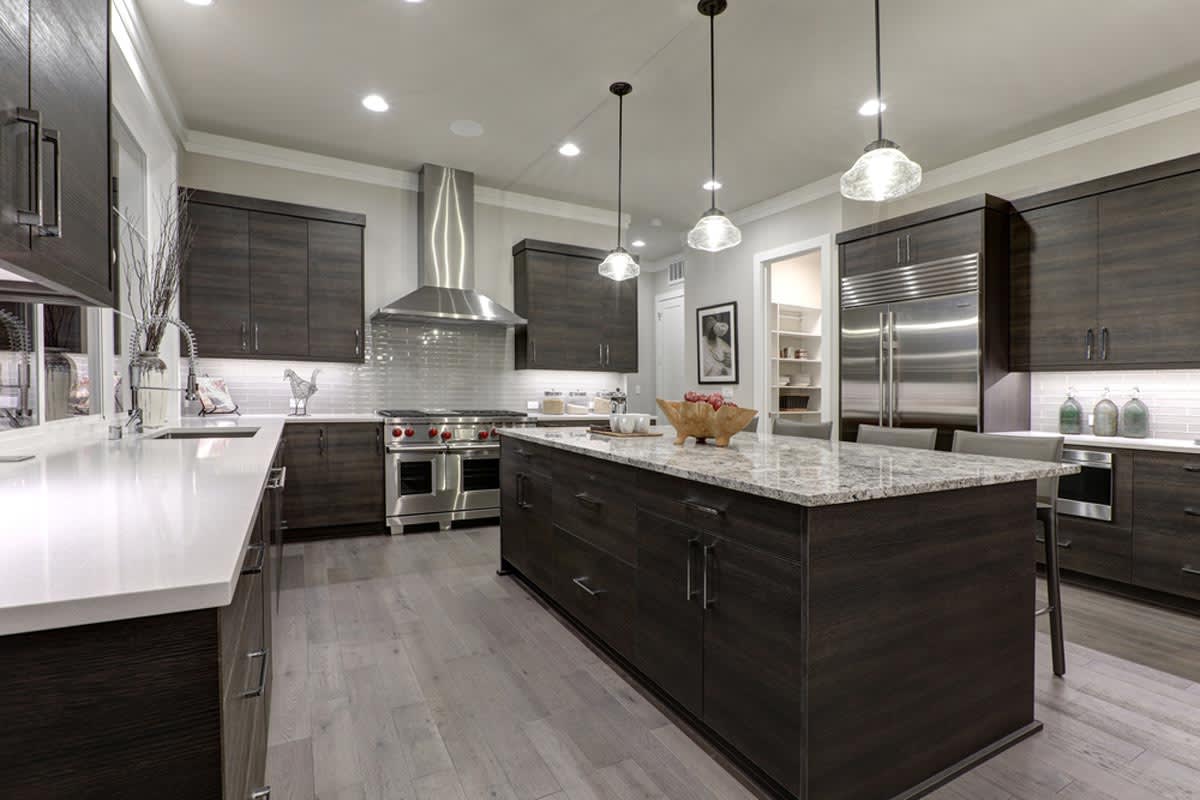


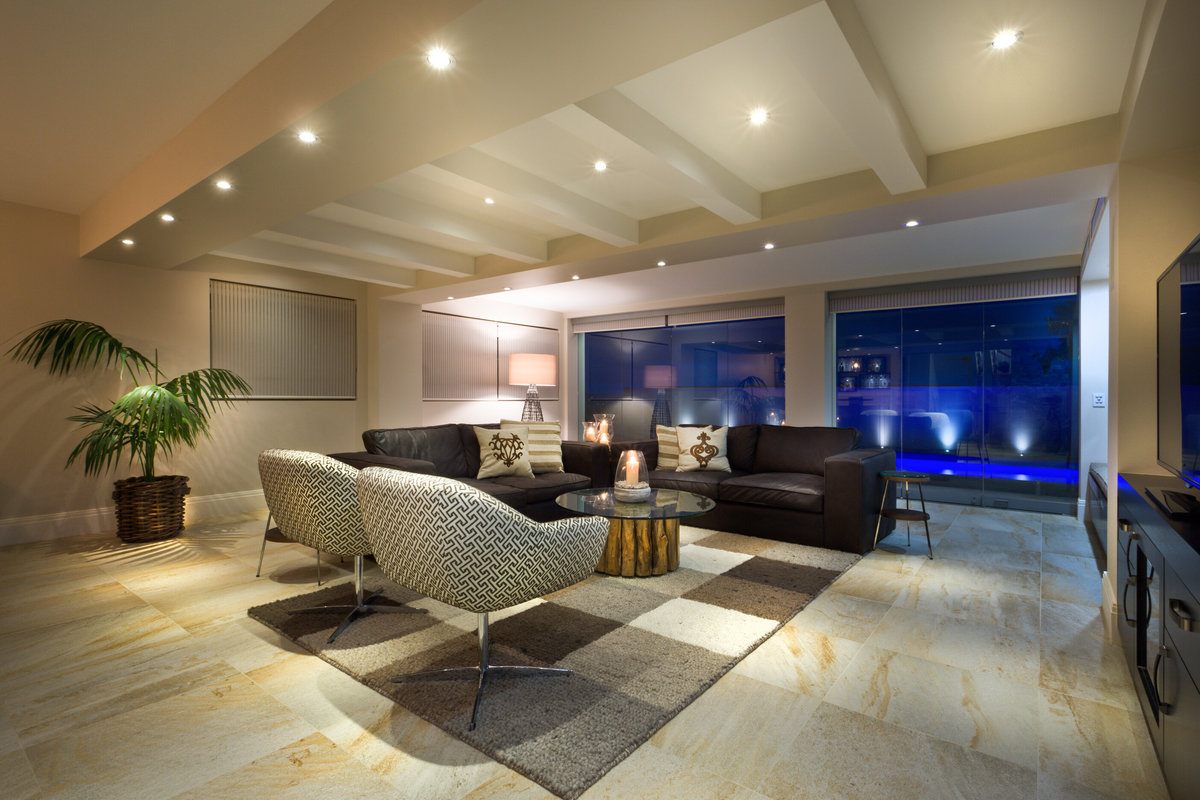
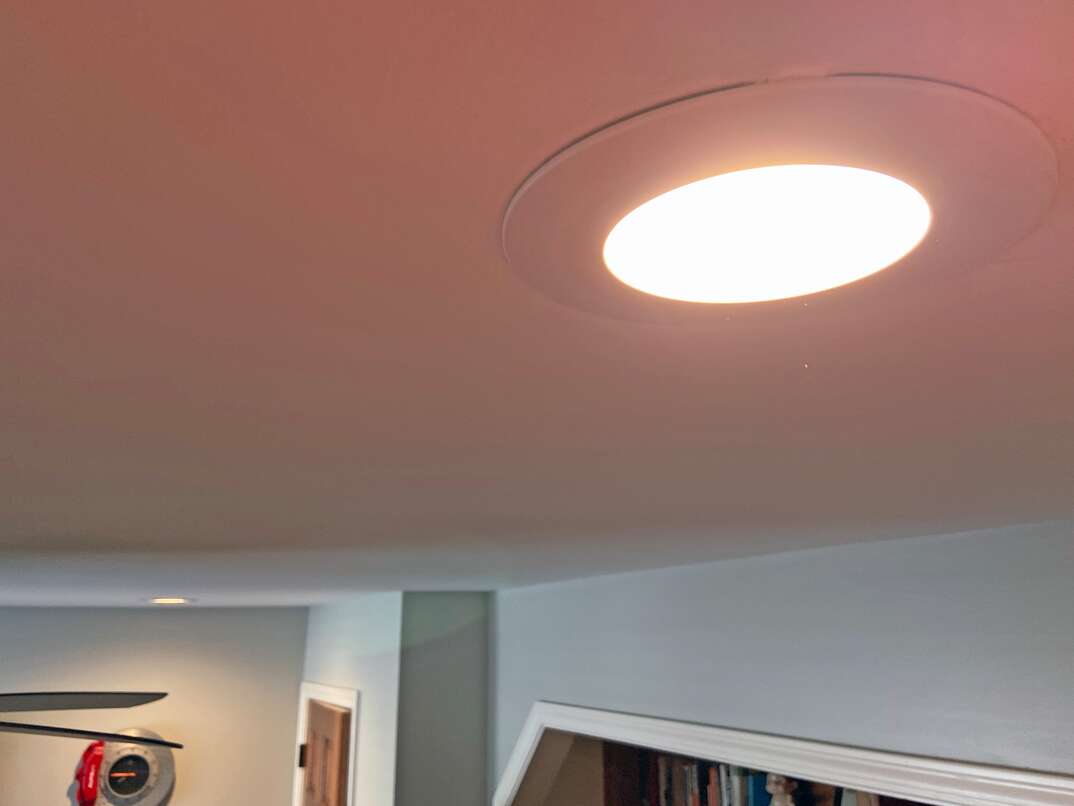




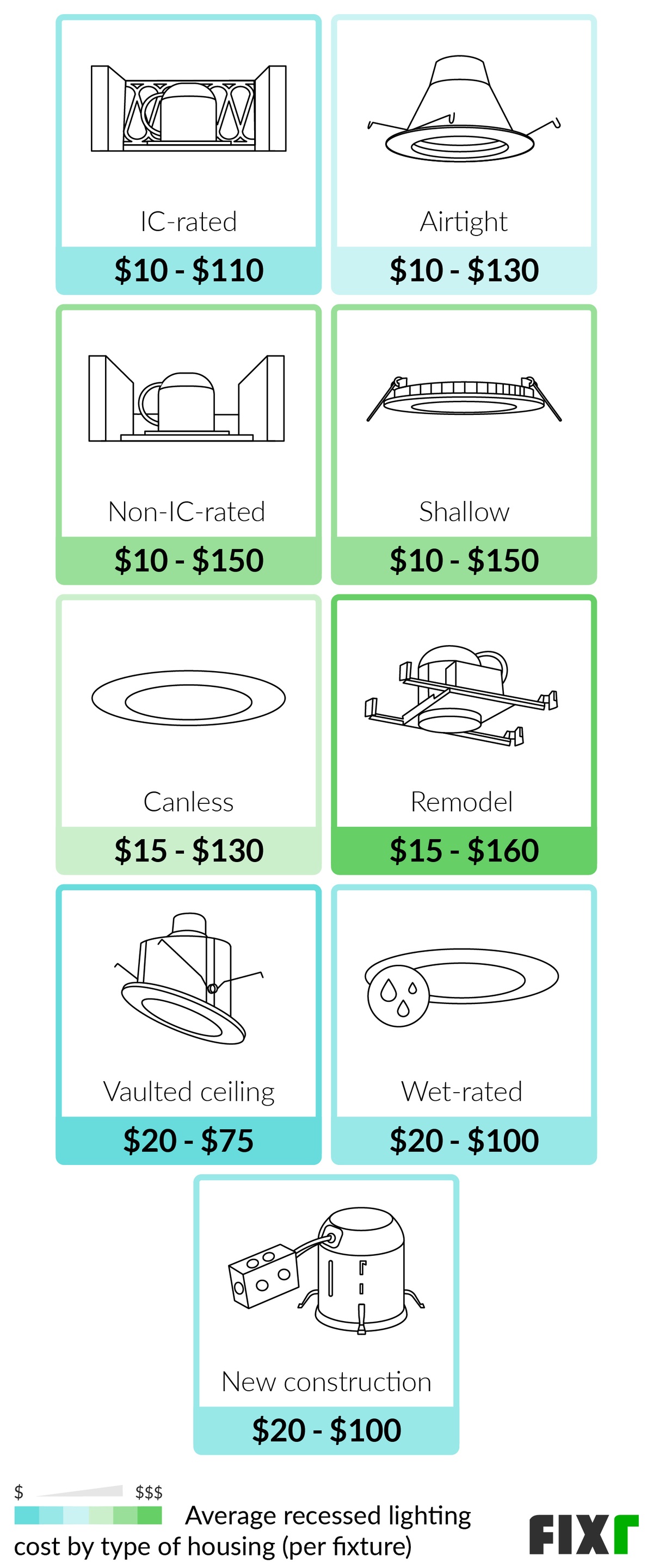
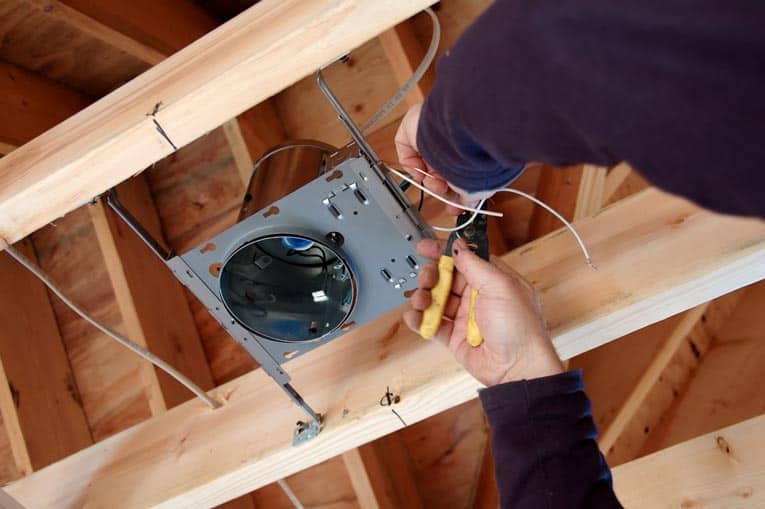
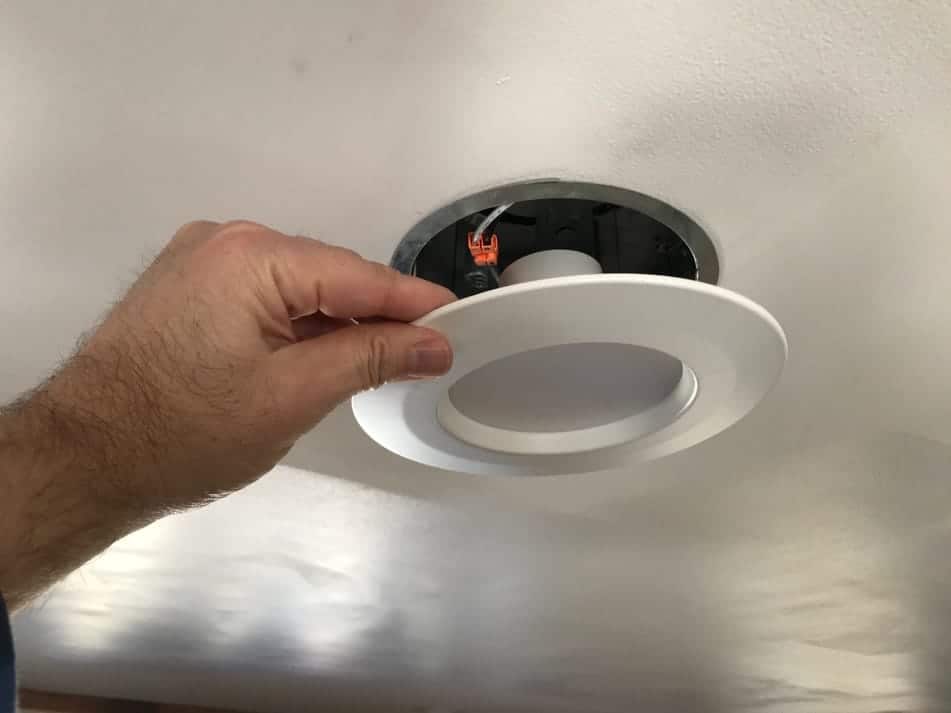
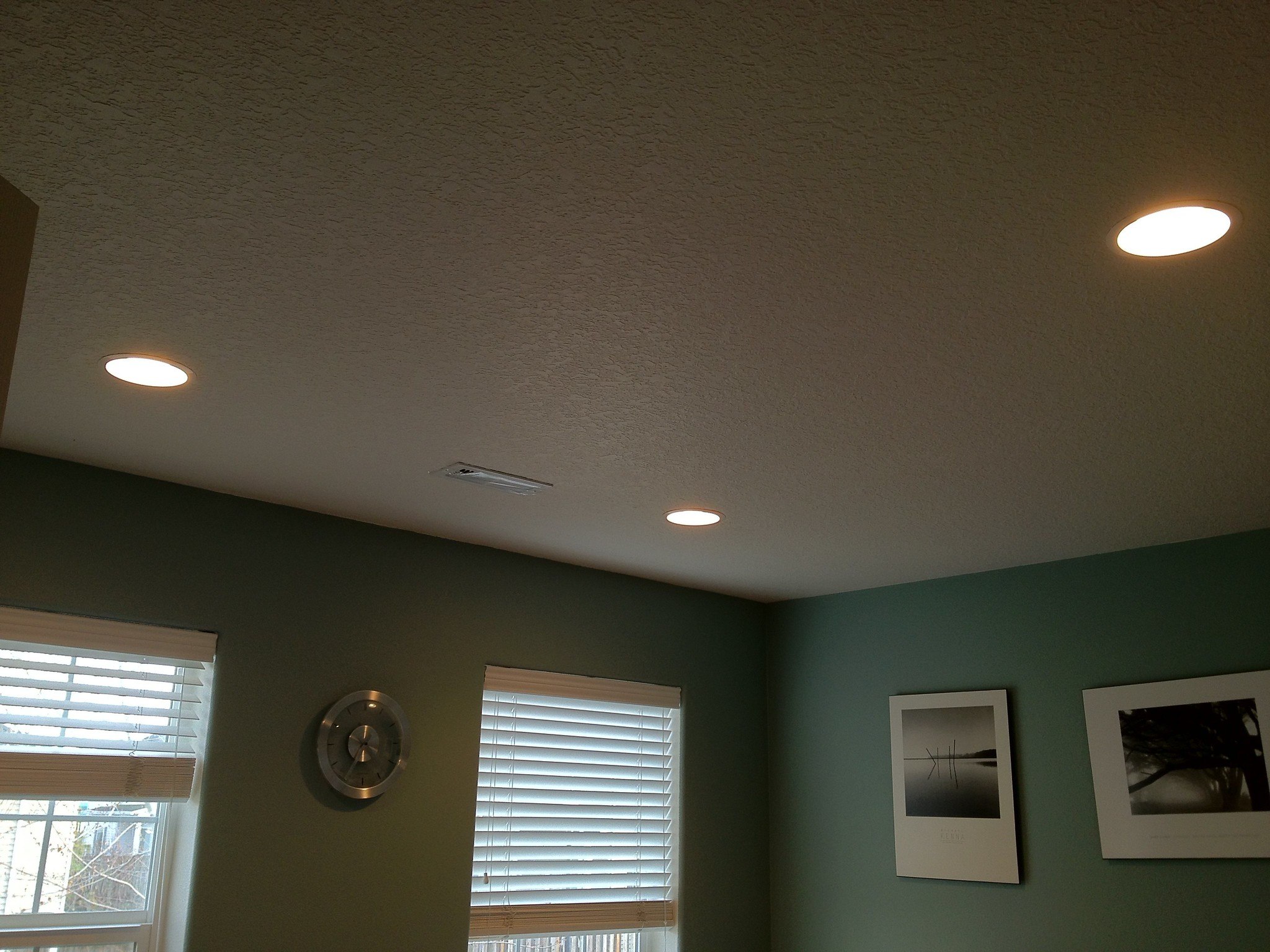




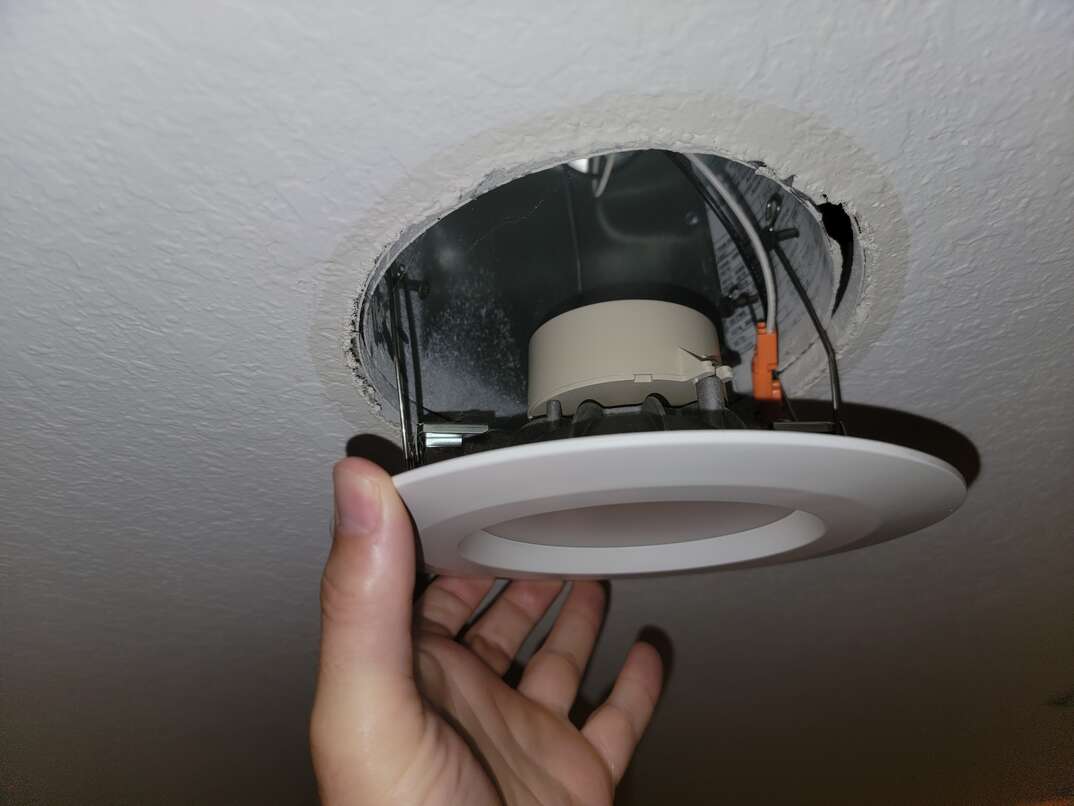
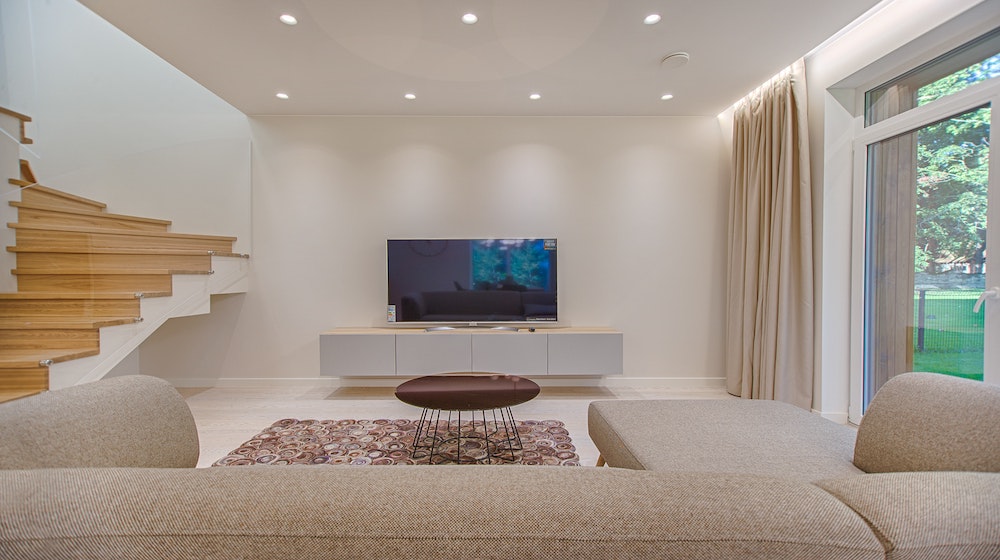





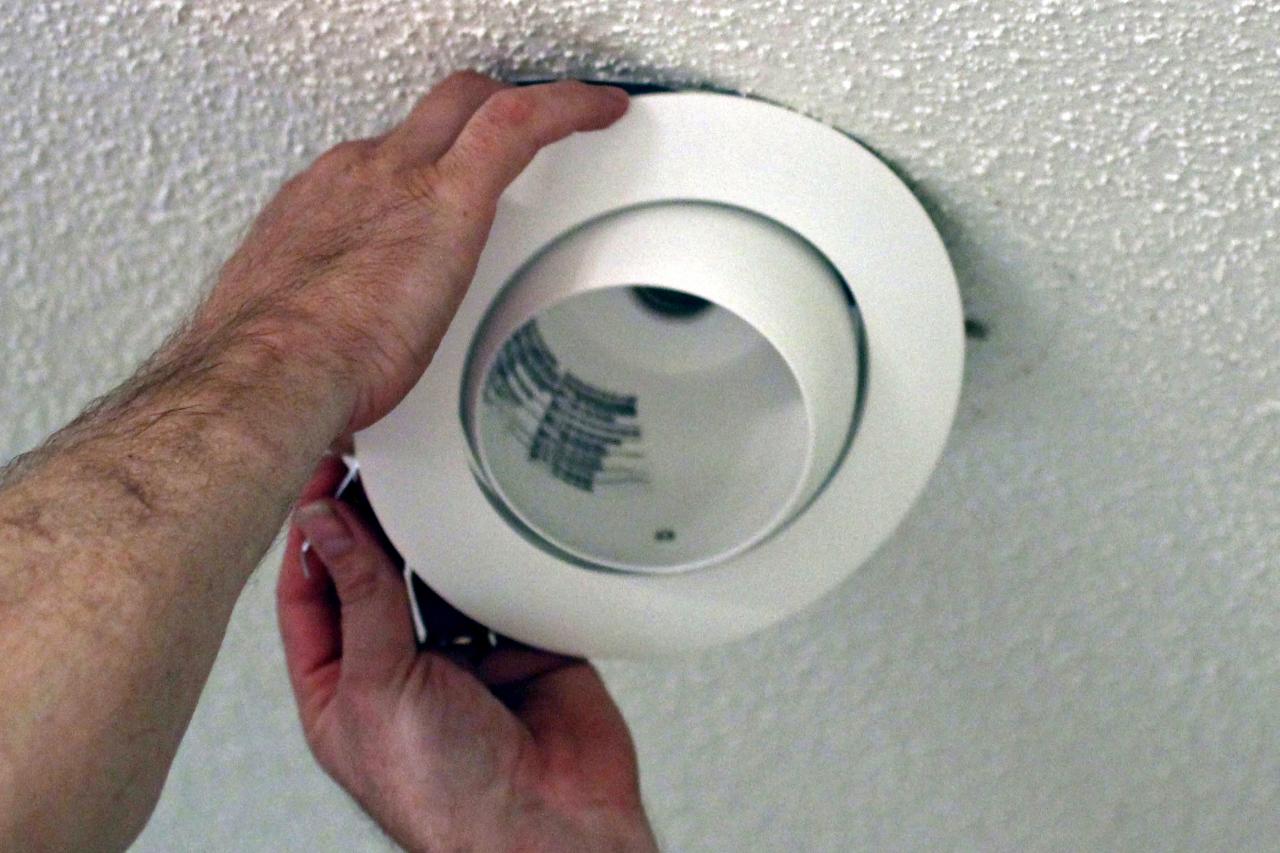







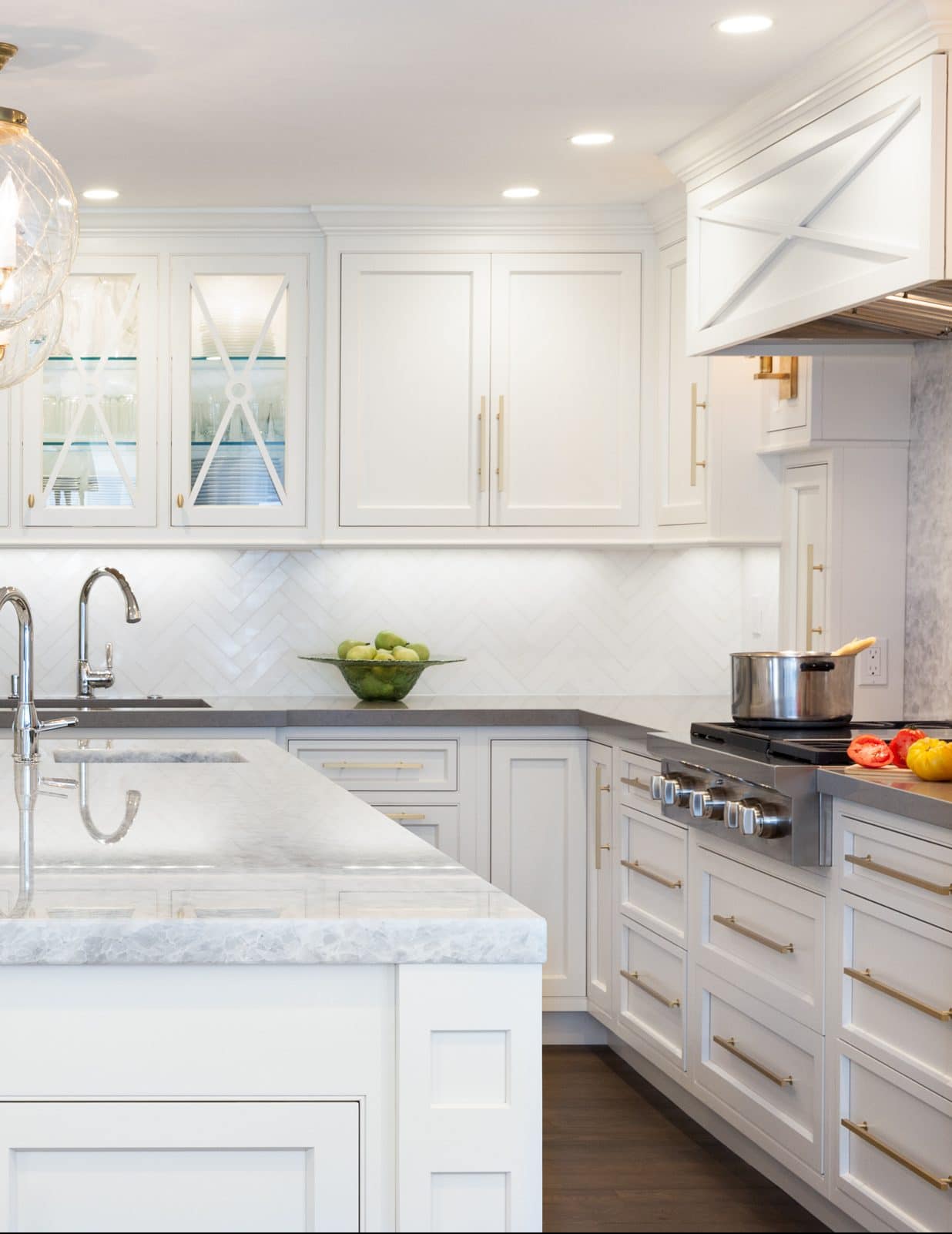
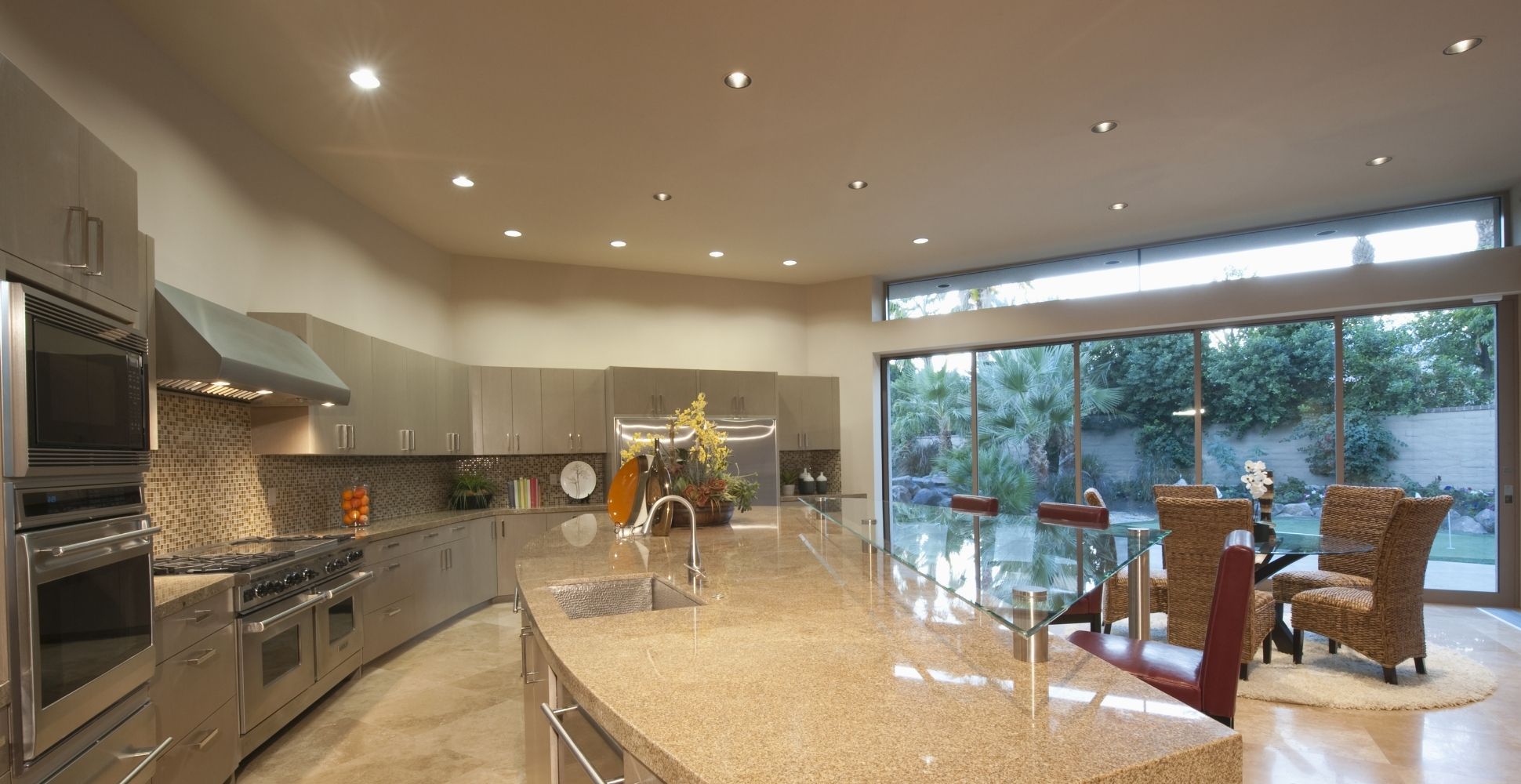

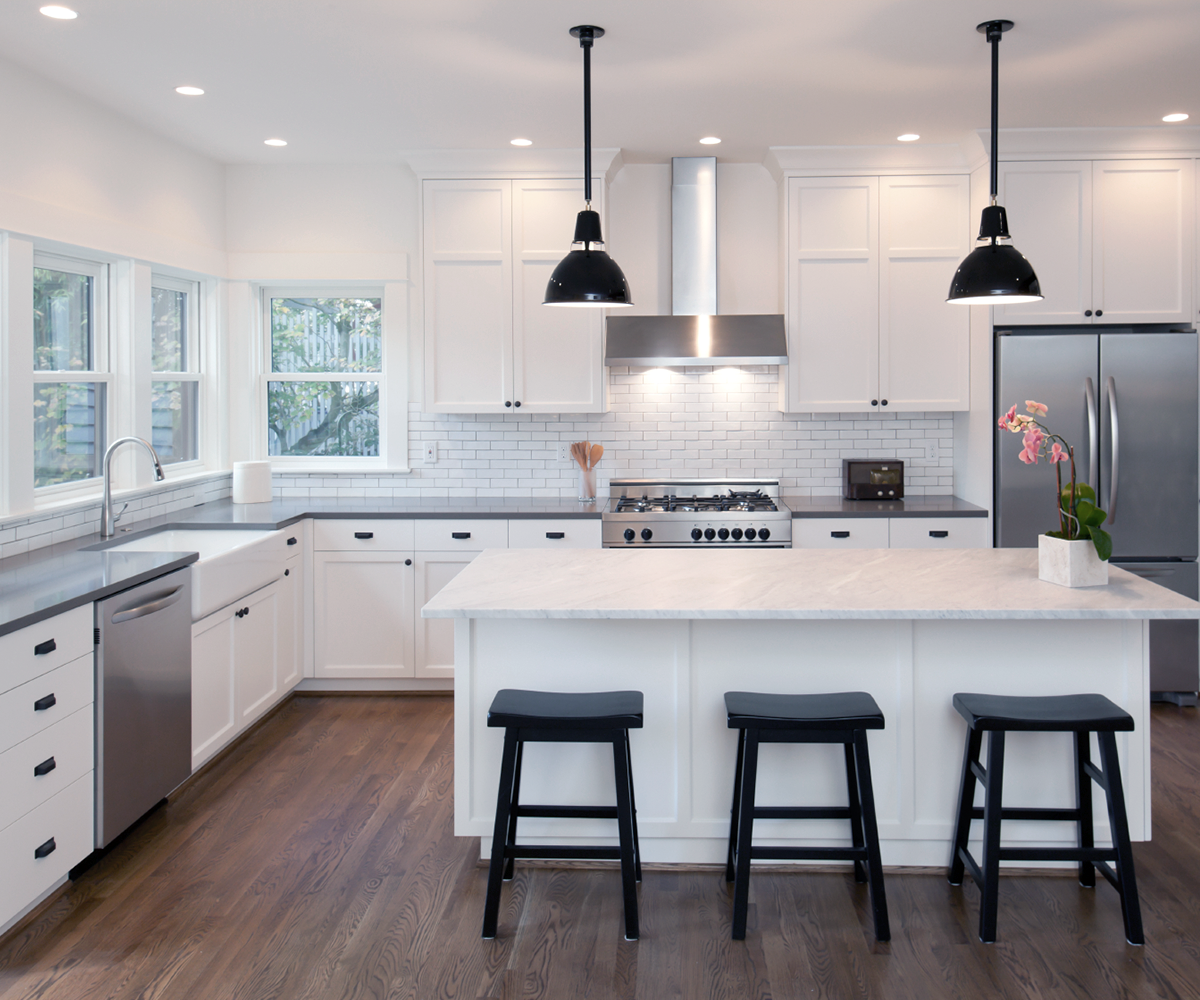

:max_bytes(150000):strip_icc()/kitchenrecessedlighting-GettyImages-155383268-dec5caad600541ff81cbdd6d06846c66.jpg)




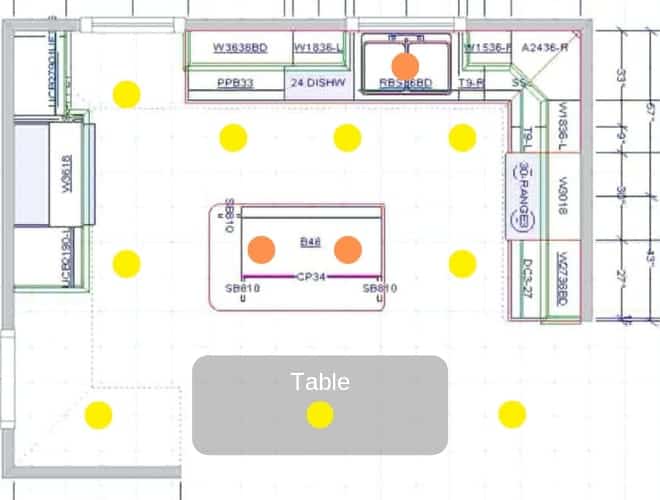










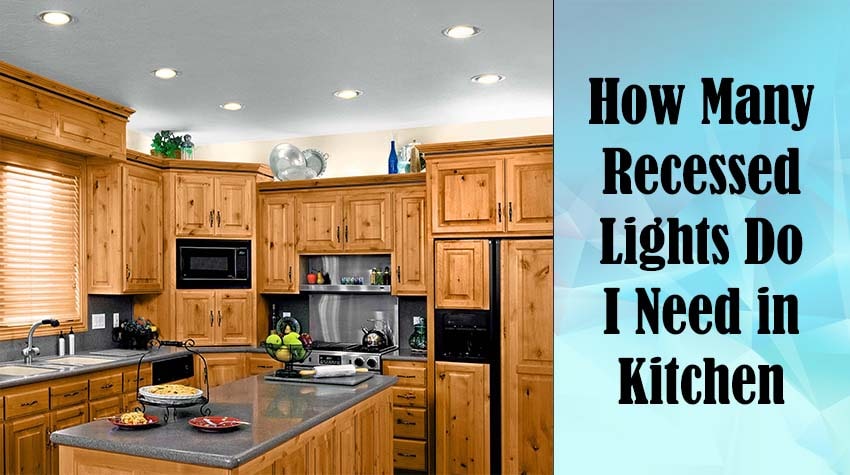








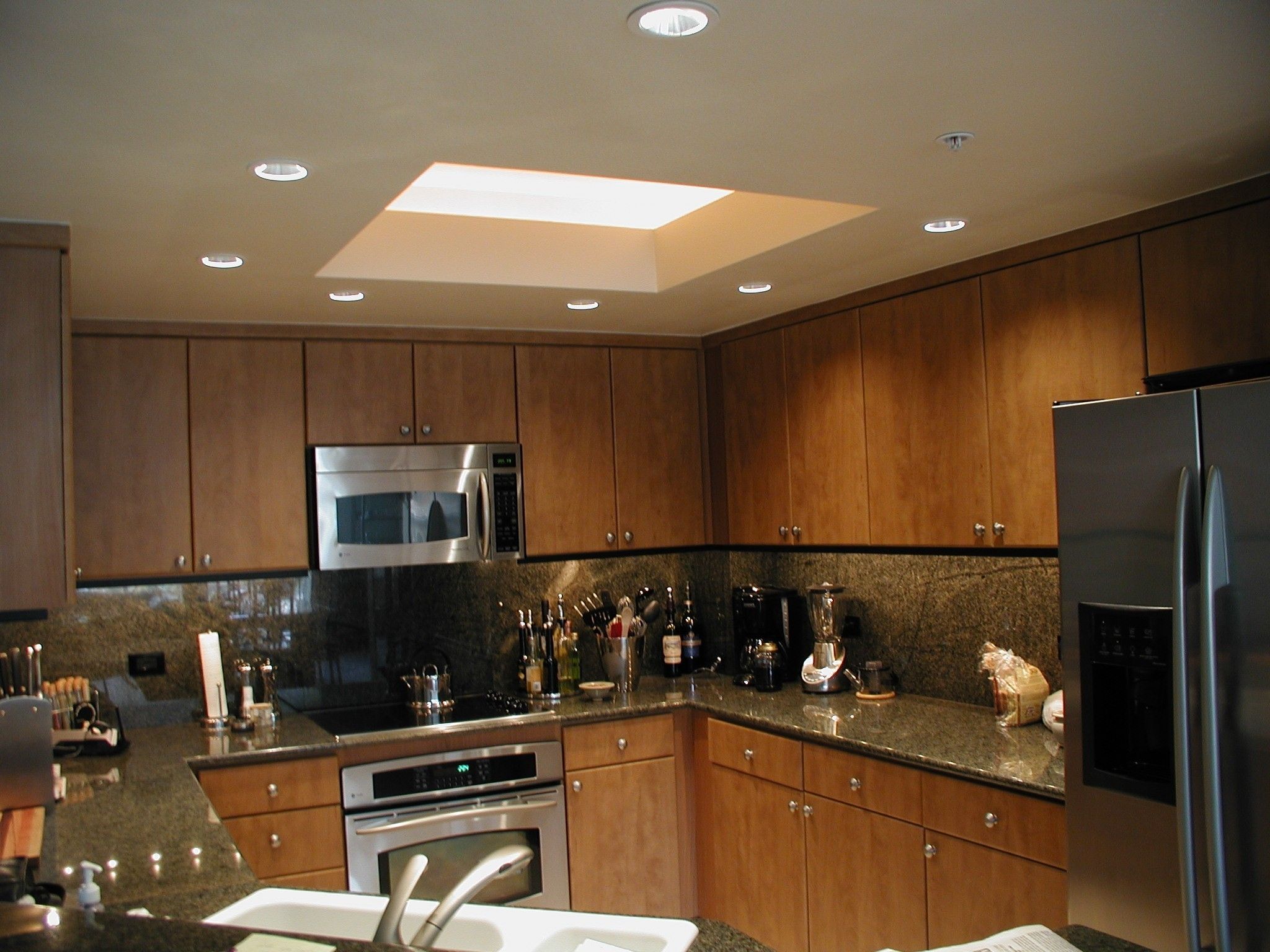
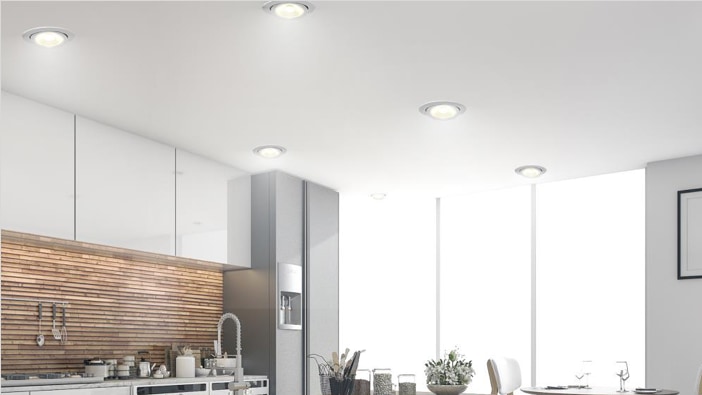

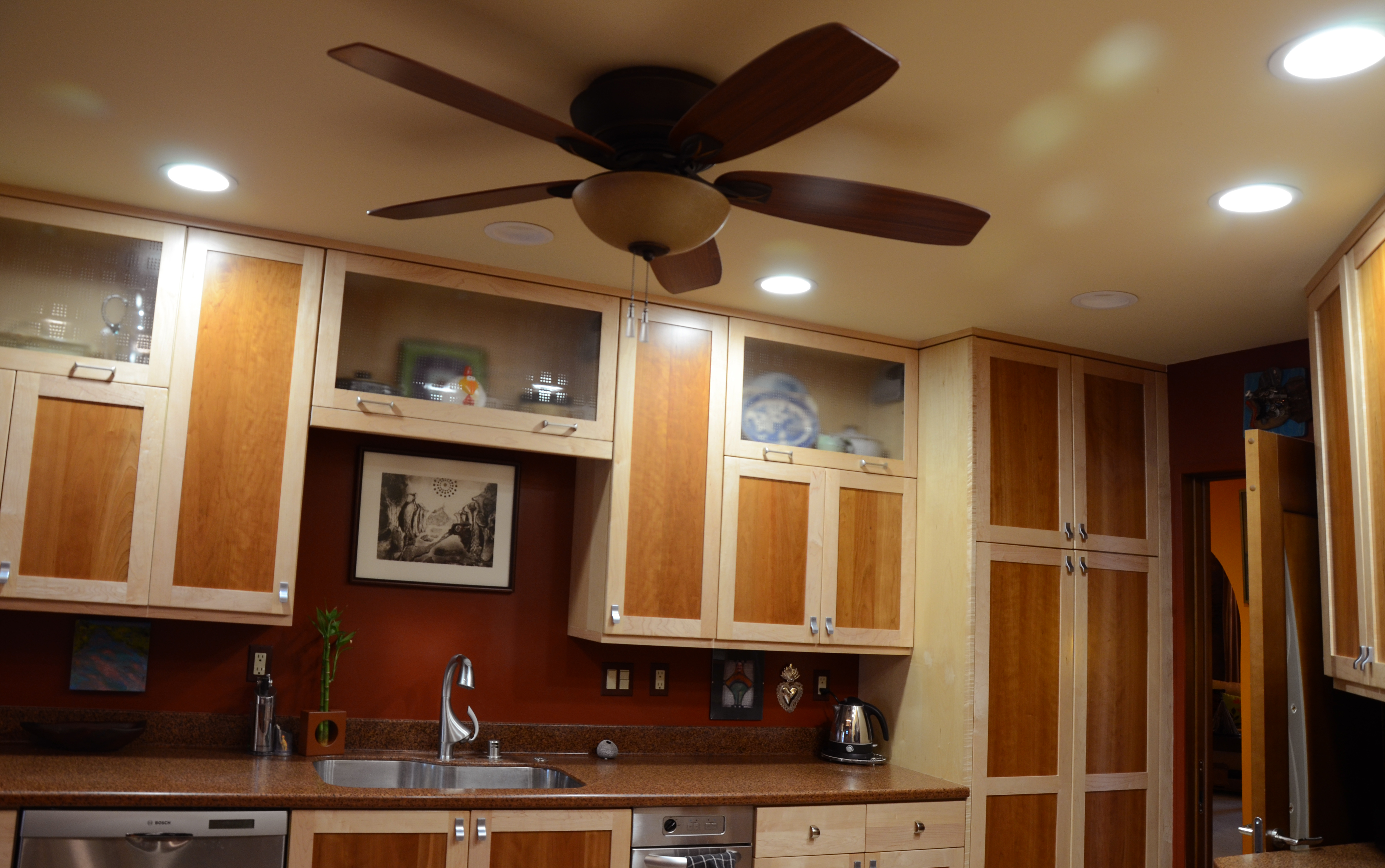
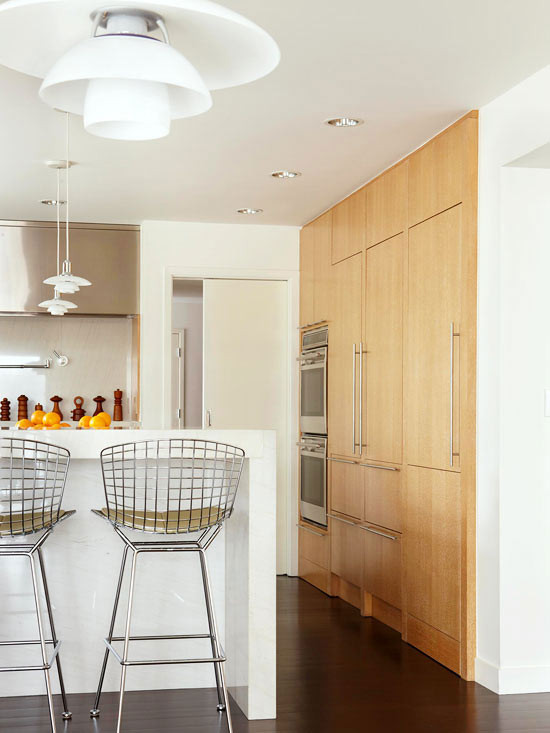

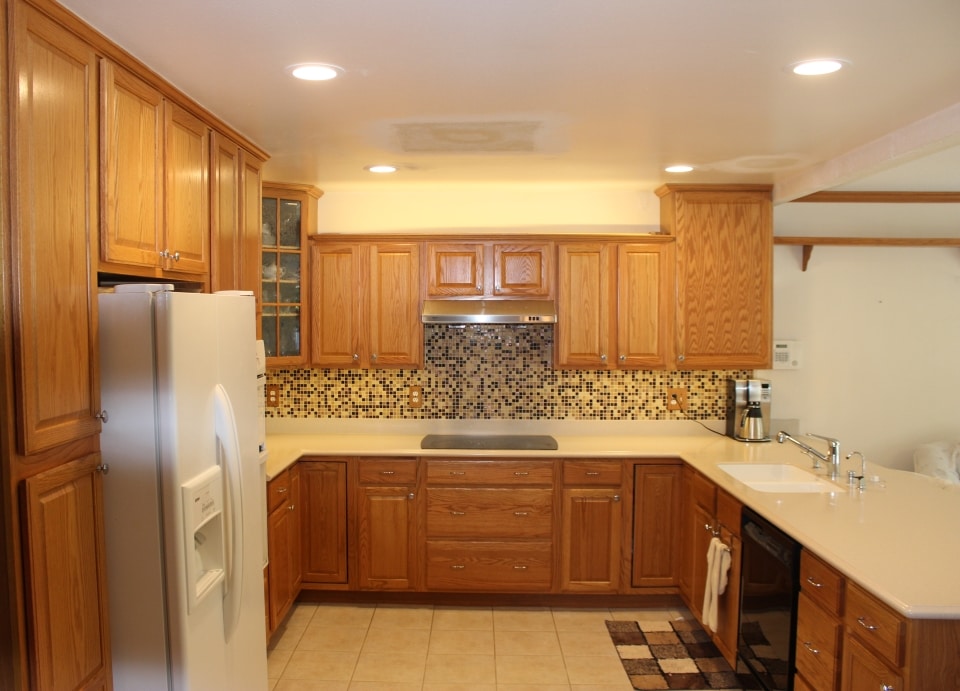



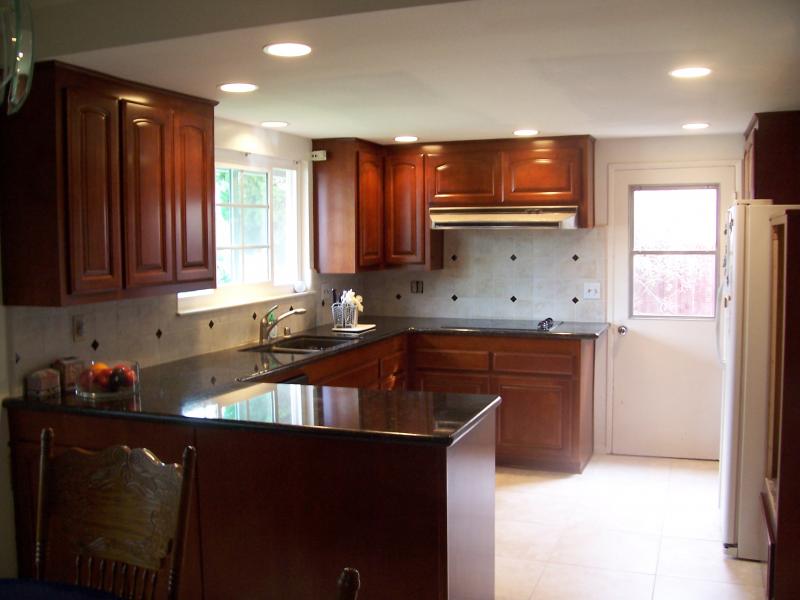

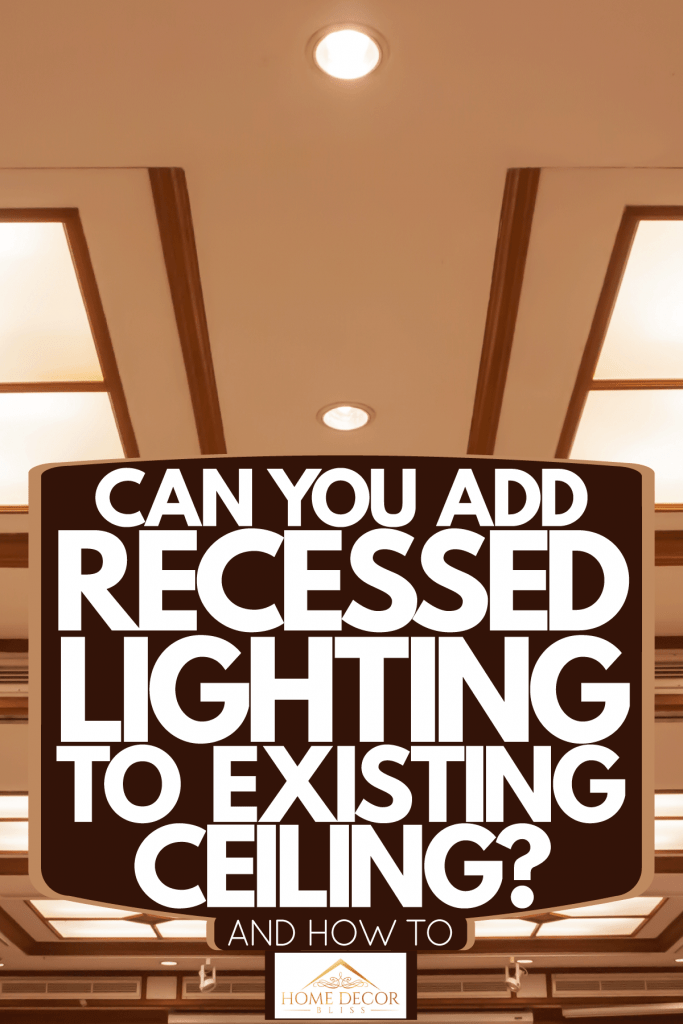

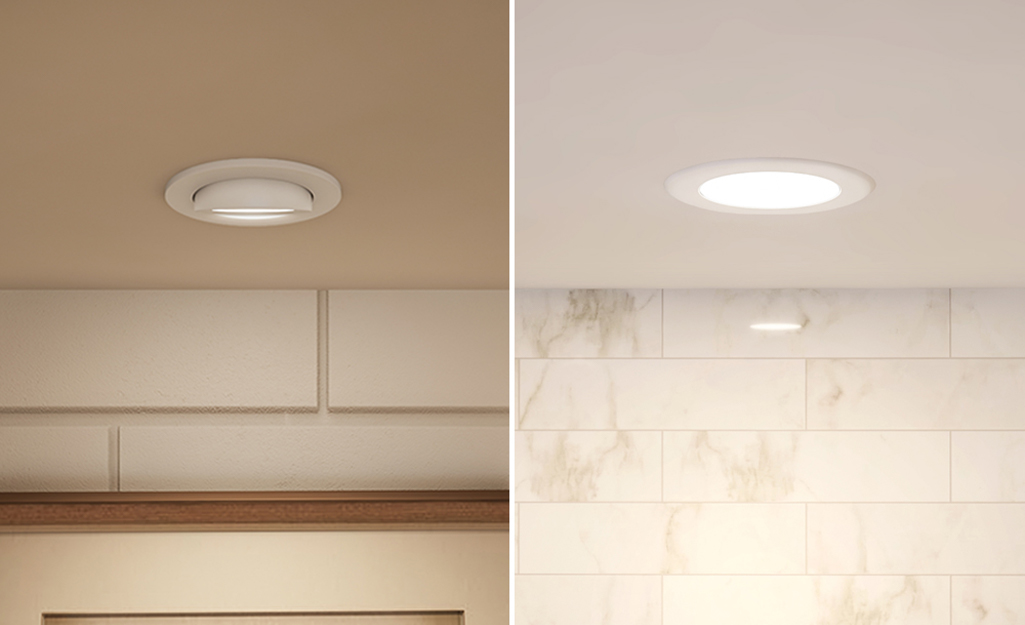
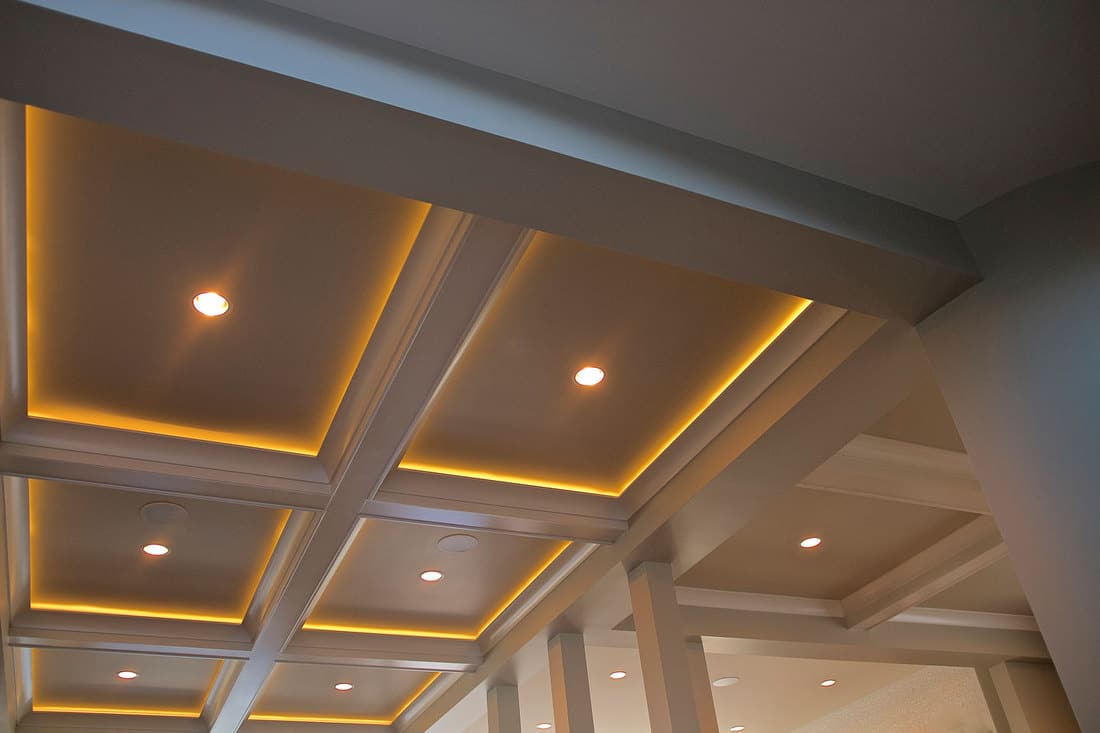

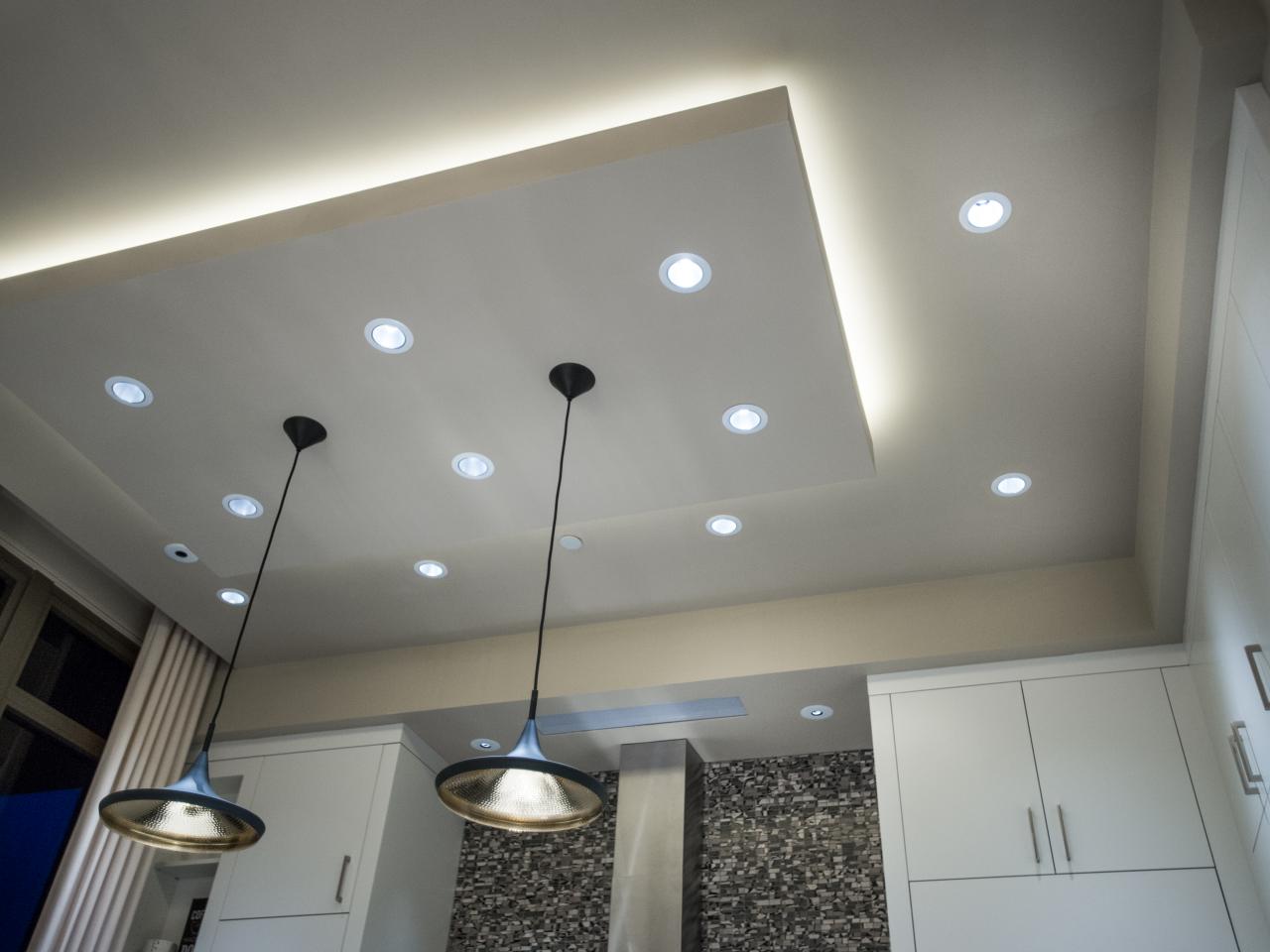
/installing-led-retrofit-bulb-into-ceiling-fixture-184968332-8bd1cdb942e0465db4b4dec251f7df9d.jpg)


